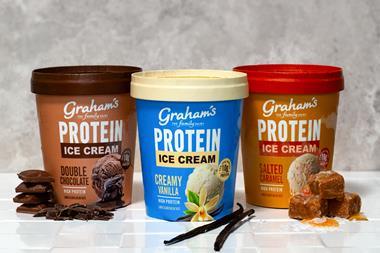The men's lifestyle magazines market has not yet extended its appeal much beyond a relatively limited group of existing and potential readers.
Of course, none of the publishers in the market ever expected or sought to develop a mass-market overnight.
While almost three-quarters of men would not consider buying a men's lifestyle magazine, more than 60% of women read women's magazines. This market is much more mature, with some existing titles dating back to the 1930s or earlier. It is also larger worth more than five times the men's market and has a more diverse readership.
Research shows distinct readership variations in women's magazines, according to magazine types. Women aged under-45 are more likely to read women's magazines than those aged 45-64. Readership declines still further to 52% among over-64s.
The mass circulation of the majority of weekly titles means they are more broadly targeted than most of the monthlies. Accordingly, there is less variation in readership by sub-group, although better-off ABs are significantly less likely to read a general weekly than are others, particularly Ds. This category of magazine also appeals less to younger women.
The readership of celebrity weeklies shows a skew towards younger and more affluent women in comparison with the general weeklies, with readership notably low among DEs. Monthly titles show the most pronounced upmarket skew however, with readers predominantly from the ABC1 groups.
In terms of distribution, around 40% of women's and men's magazines are sold through confectioners tobacconists and newsagents. The next largest source of distribution are newsagent chains, amounting to 22% and 27% of the women's and men's magazine market respectively.
{{P&P }}
Close menu
- Home
- Retail & Wholesale
-
Products & Suppliers
- Back to parent navigation item
- Products & Suppliers
-
Product Categories:
- Back to parent navigation item
- Product Categories:
- Alcoholic drinks
- Bakery
- Cereals & breakfast
- Cheese
- Chicken & poultry
- Chocolate
- Confectionery
- Crisps, nuts & snacks
- Dairy
- Fish
- Fresh produce
- Frozen
- Household
- Meat
- Own Label
- Sauces & condiments
- Seasonal
- Soft drinks
- Vaping
- Vegan & plant-based
- World foods
- Suppliers
- People
- Reports & Data
-
Topics A-Z
- Back to parent navigation item
- Topics A-Z
-
Popular topics:
- Back to parent navigation item
- Popular topics:
- Cost of living crisis
- Crime
- Deposit Return Schemes
- Finance
- Government & Regulation
- Health
- Inflation
- Loyalty
- Marketing
- Mergers & Acquisitions
- New Product Development
- Sourcing
- Supply chain
- Sustainability & environment
- Technology
- Ultra Processed Foods
- Vaping
- A-Z all topics
- Content by type:
- Events
- Ask iA (beta)
- Subscribe now
Sign in to comment on this article
Not logged in before? Register for FREE guest access today.
You will be able to:
- Read more stories
- Receive daily newsletters
- Comment on stories
Advert













No comments yet